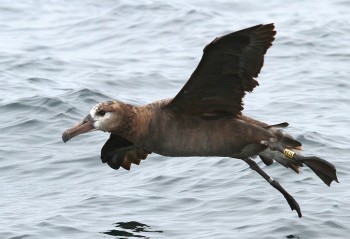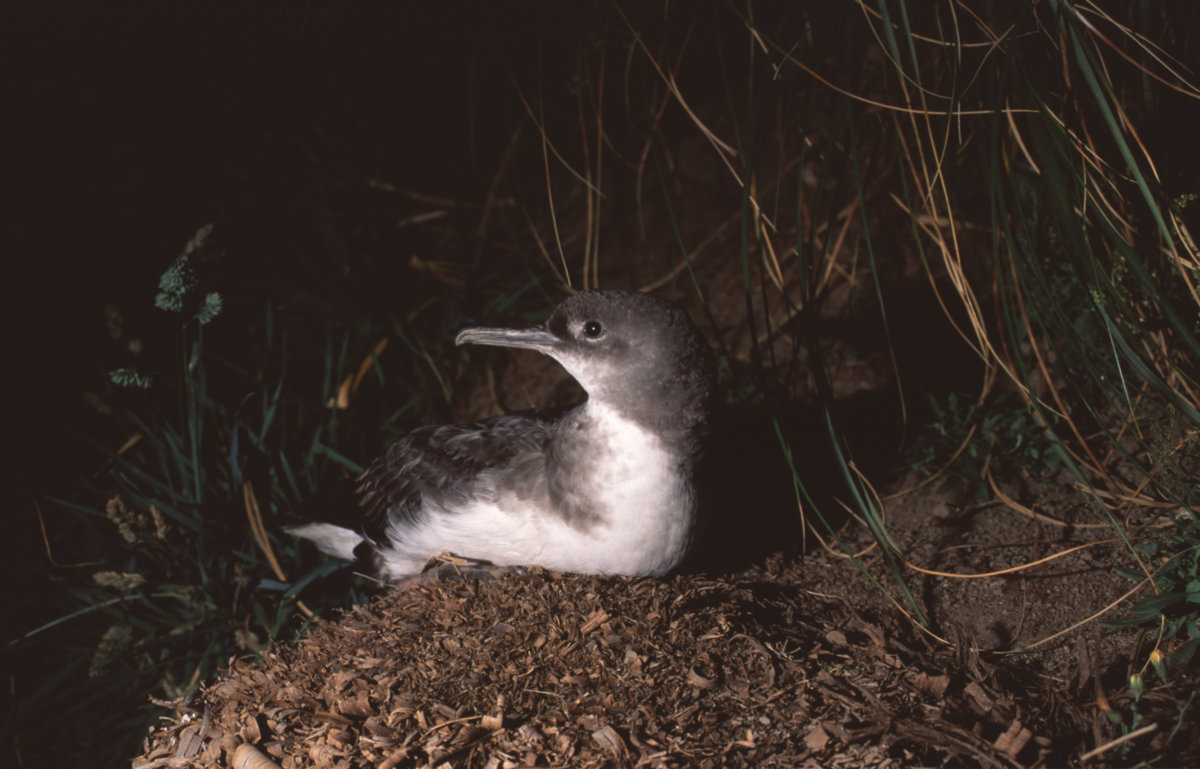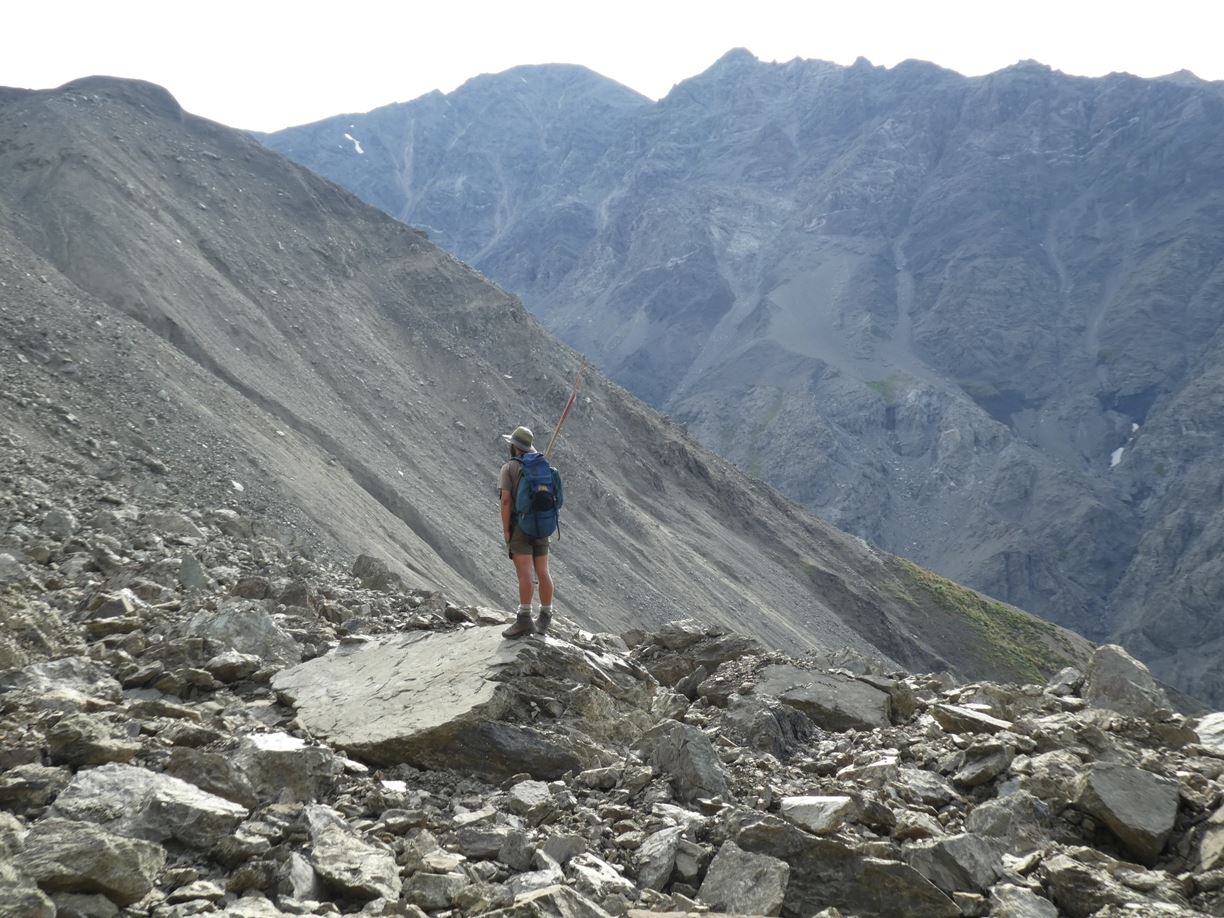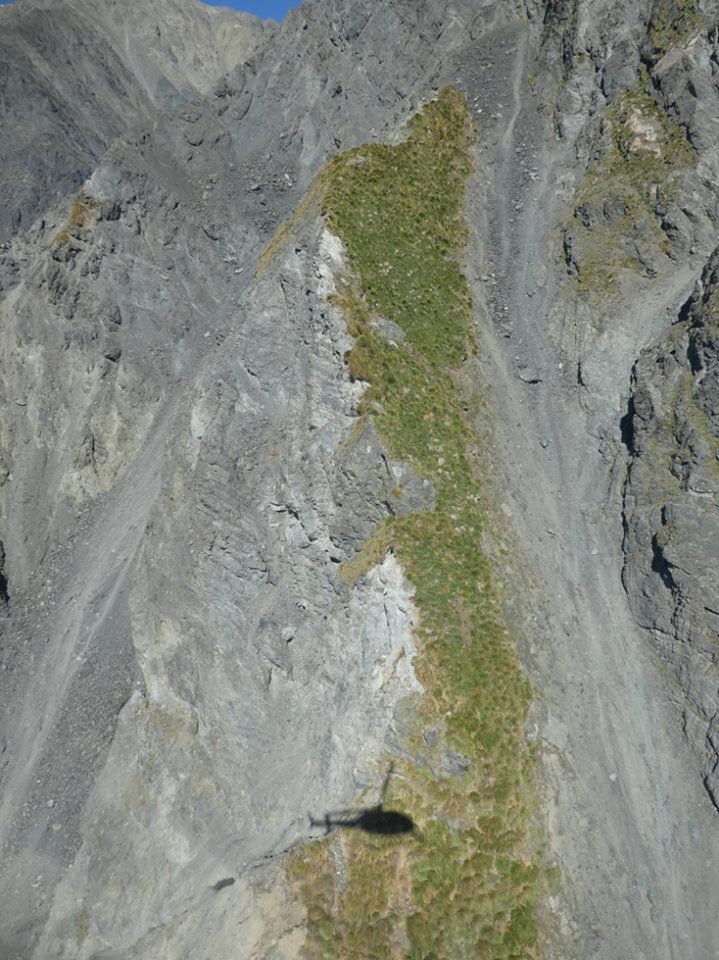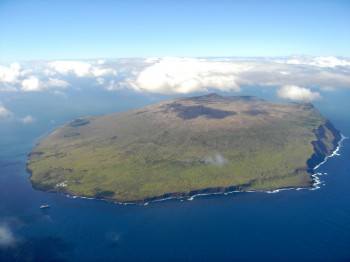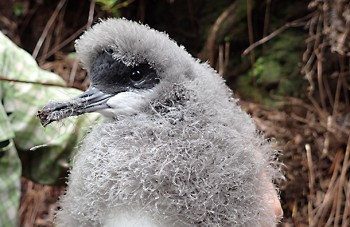Victoria Bakker (Department of Ecology, Montana State University, Bozeman, USA) and colleagues have published open access in the journal Biological Conservation on the problem of using nests counts for population estimates when not all Black-footed Phoebastria nigripes and Laysan P. immutabilis Albatrosses breed annually.
The paper’s abstract follows:
“Pelagic predators such as albatross have long been of conservation concern, but assessing their status poses numerous challenges. A standard monitoring method for albatross is colony-based nest counts to track numbers of breeders. However, a variable proportion of the population skips breeding in any given year and cannot be quantified by nest counts, creating several complications to efforts in understanding population dynamics. We used stochastic demographic matrix models for black-footed (Phoebastria nigripes) and Laysan (P. immutabilis) albatross to investigate: i) the potential for the skipping behavior of breeders to create apparent density dependence in nest counts, ii) the limitations to assessing population trends from nest counts and implications for evaluating impacts from fisheries bycatch, including calculating Potential Biological Removal values, and iii) the relative importance of at-sea versus on-island threats to population viability. We found the increased likelihood of these albatrosses skipping breeding following a successful season – a feature common to many seabirds and other taxa – results in substantial negative temporal auto-correlation in the observable population that can be misinterpreted as negative density dependence, with important implications for inferences about population viability. Black-footed albatross appear limited by fisheries bycatch, while Laysan albatross, which have low estimated bycatch mortality, are currently at greater risk from island-based threats. Our results suggest a cautionary approach to managing black-footed and Laysan albatross should be adopted because detecting population declines from nest counts could take decades. Ultimately, we highlight the inherent difficulties in assessing population status and trends in long-lived species such as albatross.”

Black-footed and Laysan Albatrosses, photograph from the Kure Atoll Conservancy
Reference:
Bakker, V., Finkelstein, M.E., Doak, D.F., VanderWerf, E.A., Young, L.C., Arata, J.A., Sievert, P.R. & Vanderlip, C. 2018. The albatross of assessing and managing risk for long-lived pelagic seabirds. Biological Conservation 217: 83-95.
John Cooper, ACAP Information Officer, 09 January 2018

 English
English  Français
Français  Español
Español 